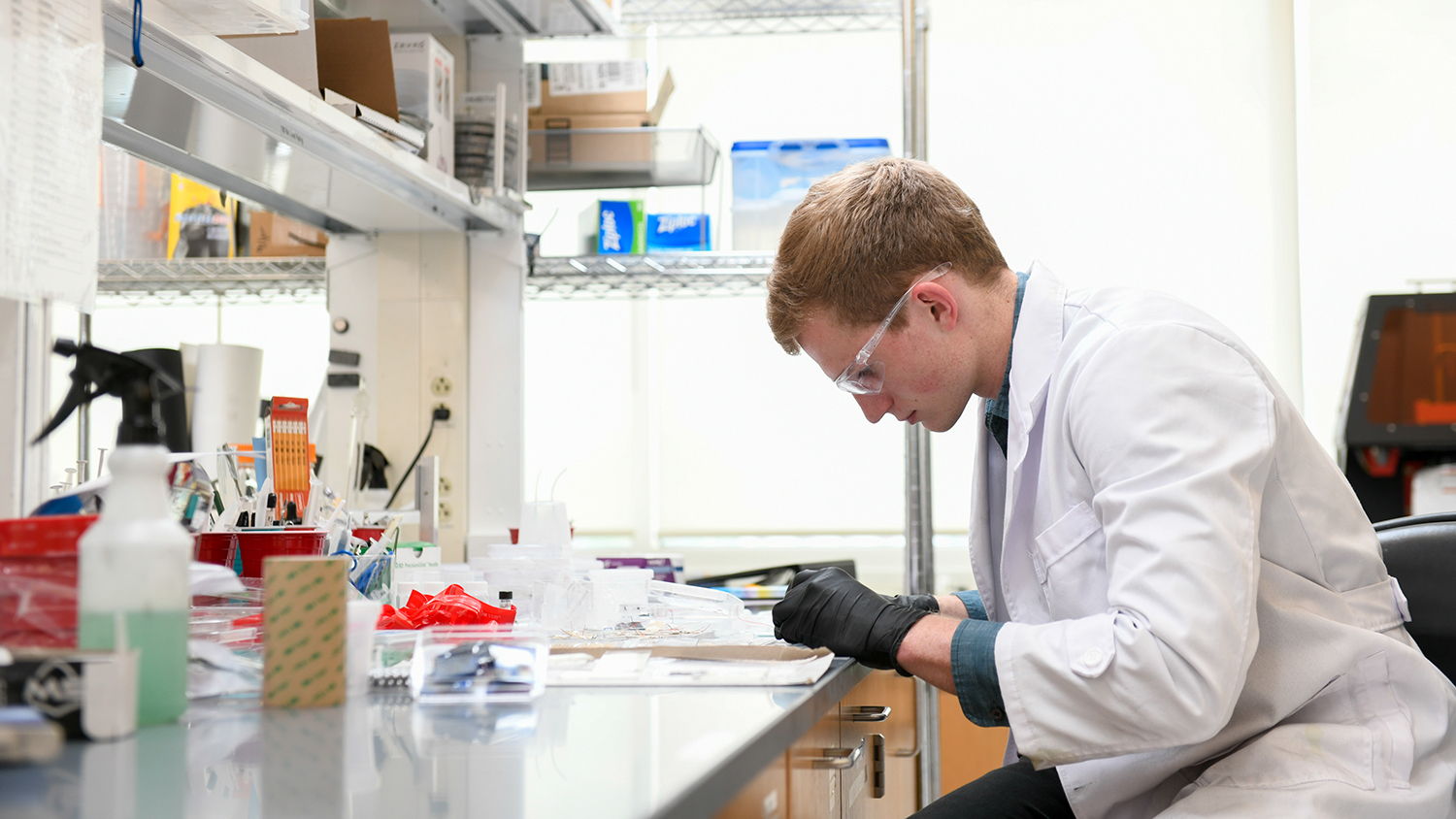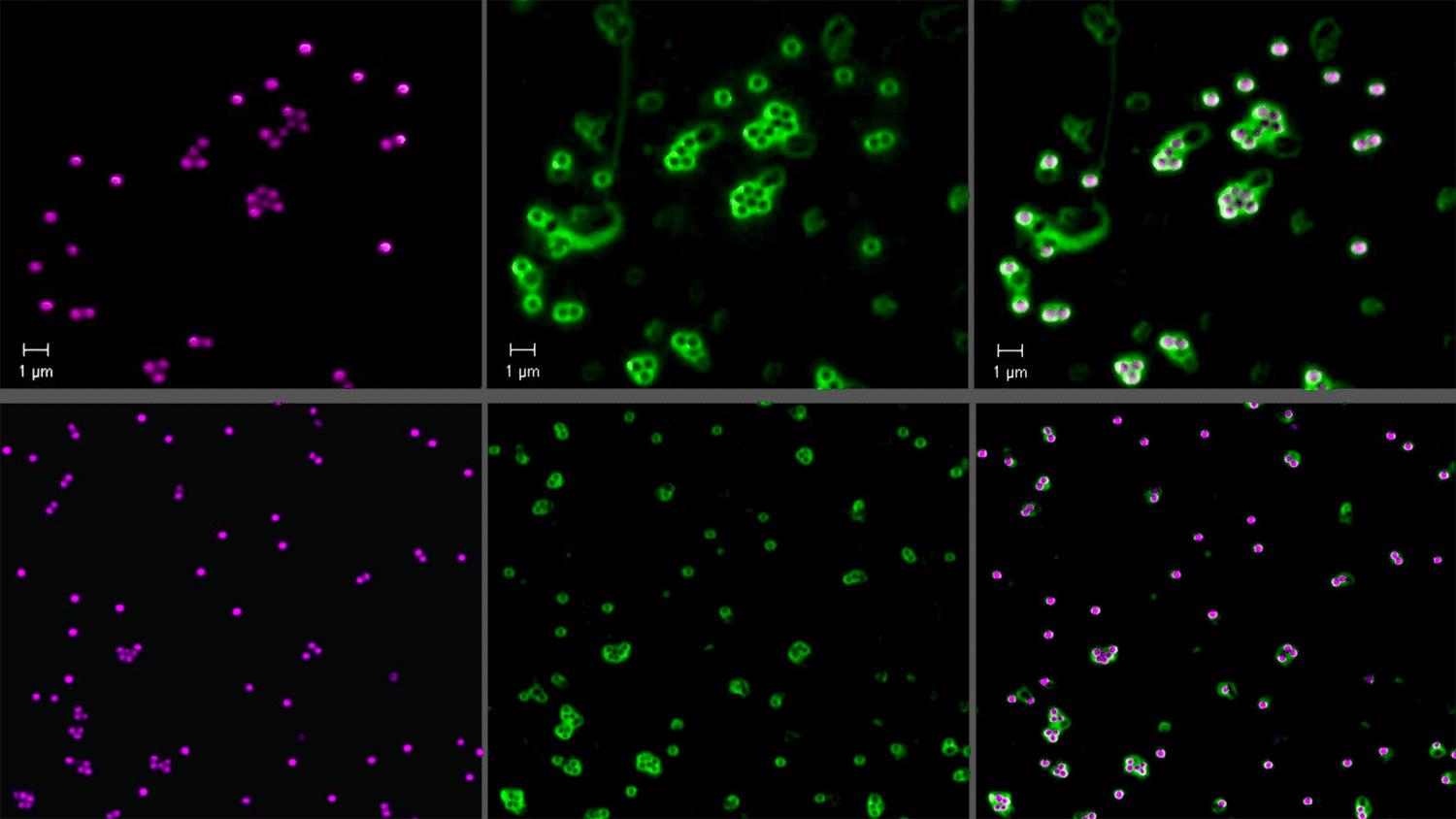Oct 27, 2011
Flu Version 2.0
Every year, it seems the CDC warns us about a new flu variety, bandying about names that seem more like grid locations in a game of Battleship than actual descriptions: H1N1, H2N1, and now H5N1 – or technically, H5N1 2.3.2.1. This new form of so-called “bird flu” is a highly pathogenic and dangerous strain of…



